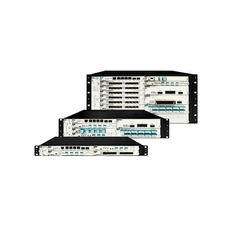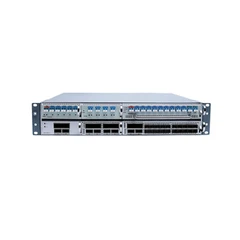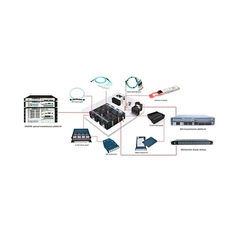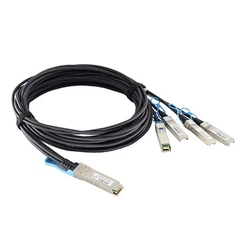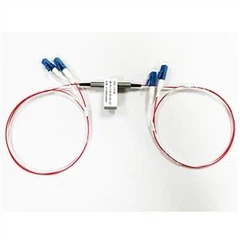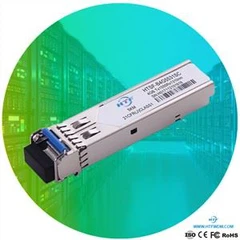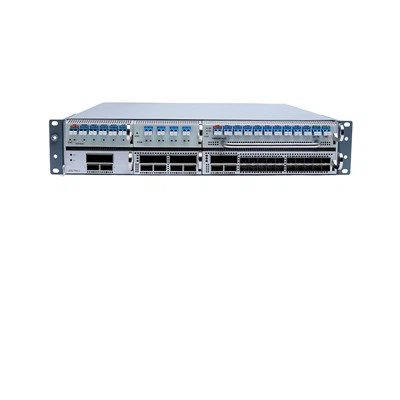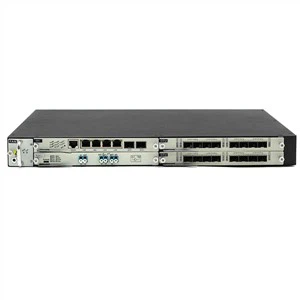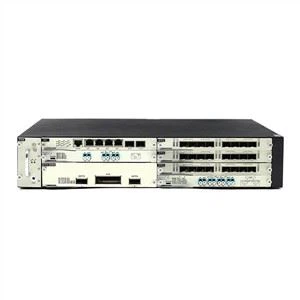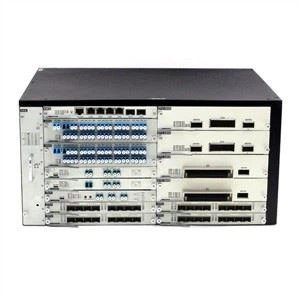We know that DWDM technology can transmit dozens of wavelengths in a single optical fiber, greatly expanding the transmission capacity of optical fiber communication systems. The earliest wavelength division multiplexing/demultiplexing module used in the DWDM system is based on the dielectric film filter TFF. Both of these are in series structure, and different wavelengths experience different numbers of devices in the module, resulting in different power losses. As the number of ports increases, the loss uniformity of the DWDM module deteriorates. At the same time, the maximum loss at the last port is another factor that restricts the number of ports. Therefore, the number of channels of DWDM modules based on TFF technology usually does not exceed 16.
However, a typical DWDM system usually transmits 40 or 48 wavelengths in a single optical fiber, so a multiplexer/demultiplexer with a larger number of ports is required. The WDM module of the series structure will accumulate too much power loss in the rear port, so it is necessary to adopt a parallel structure to multiplex/demultiplex dozens of wavelengths at a time. Arrayed waveguide grating AWG is such an optical device.
Arrayed waveguide gratings are usually used in Optical (De)Multiplexers in wavelength division multiplexing WDM systems. These devices can combine light of many wavelengths into a single optical fiber, thereby improving the propagation efficiency of the optical fiber network.


